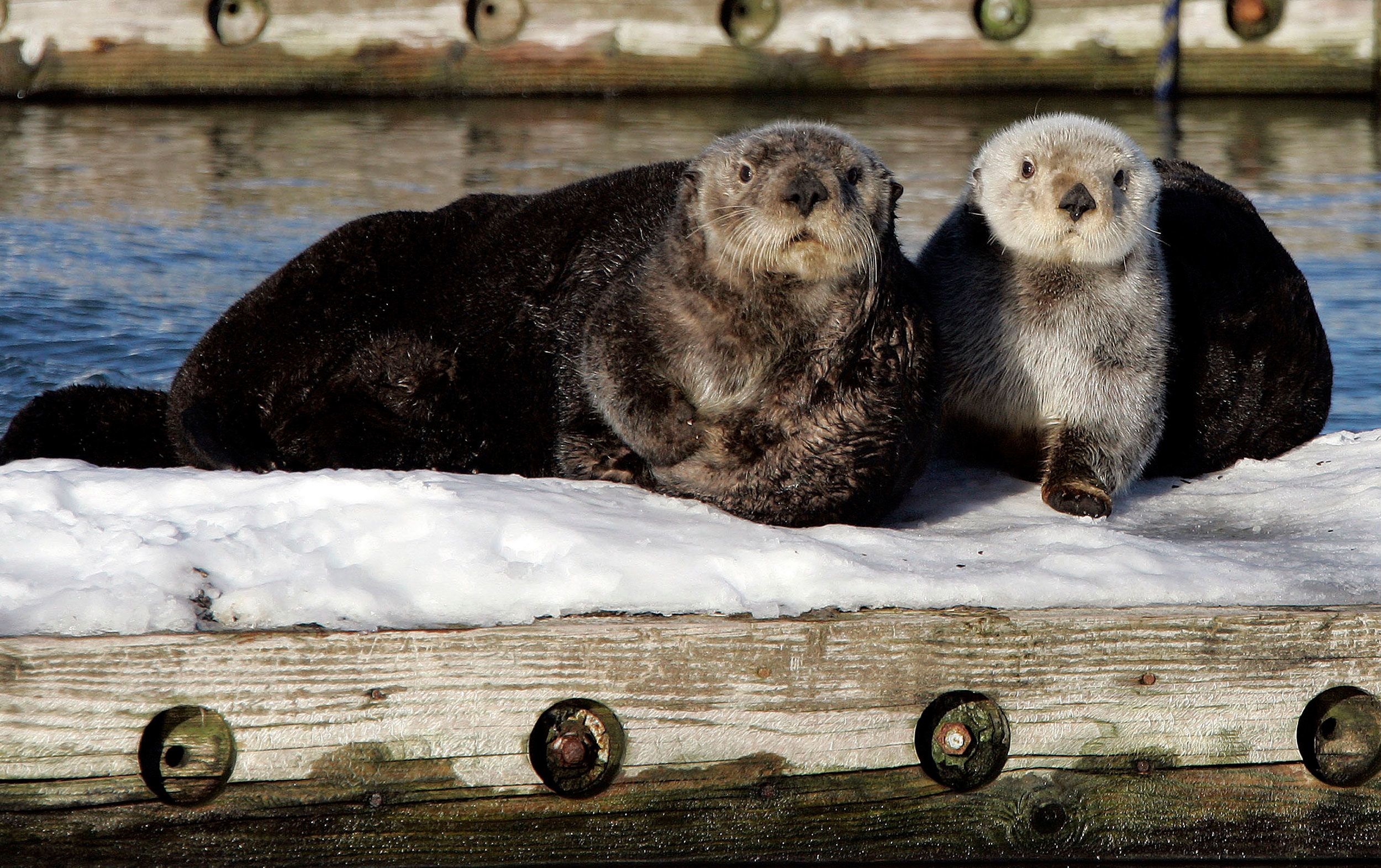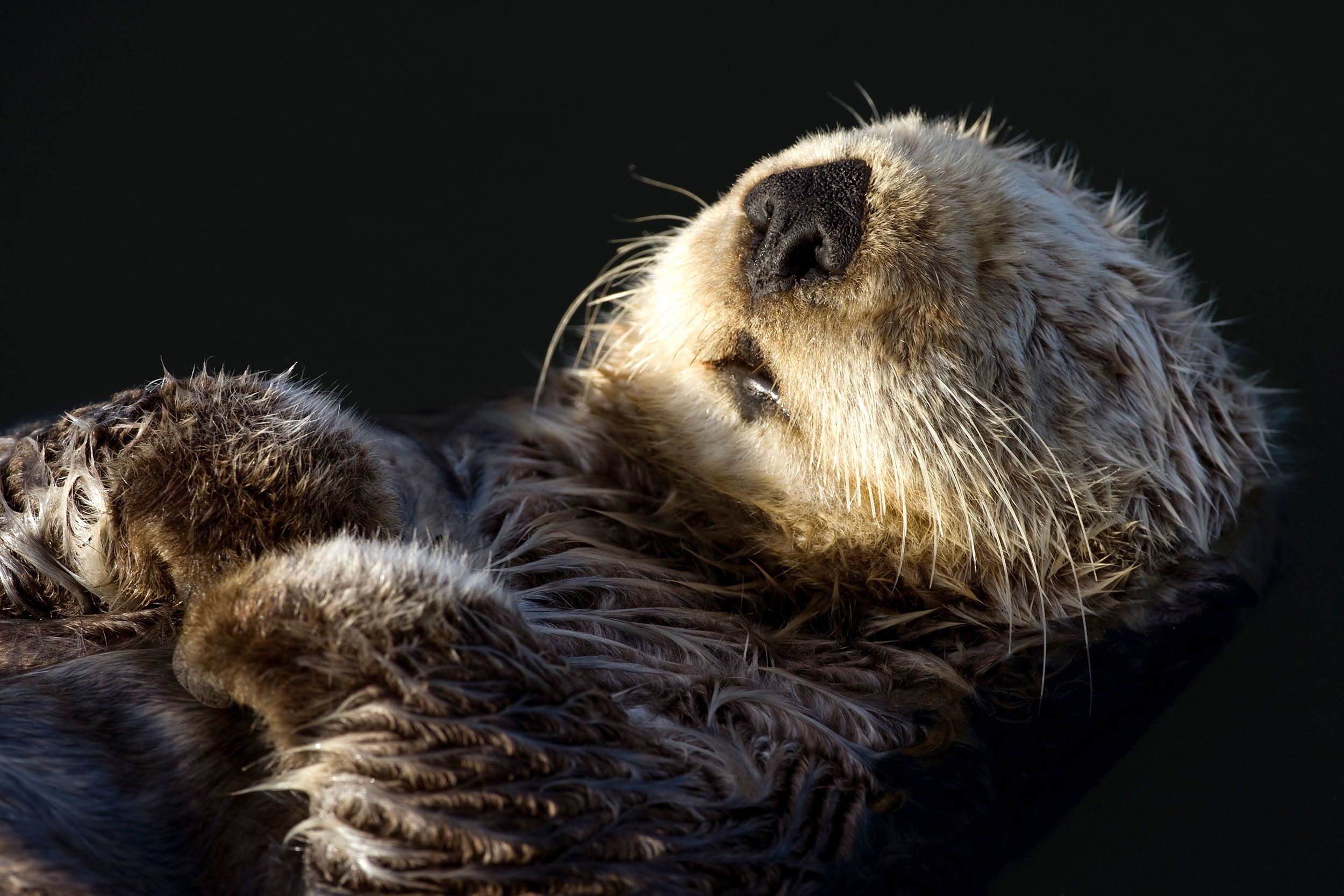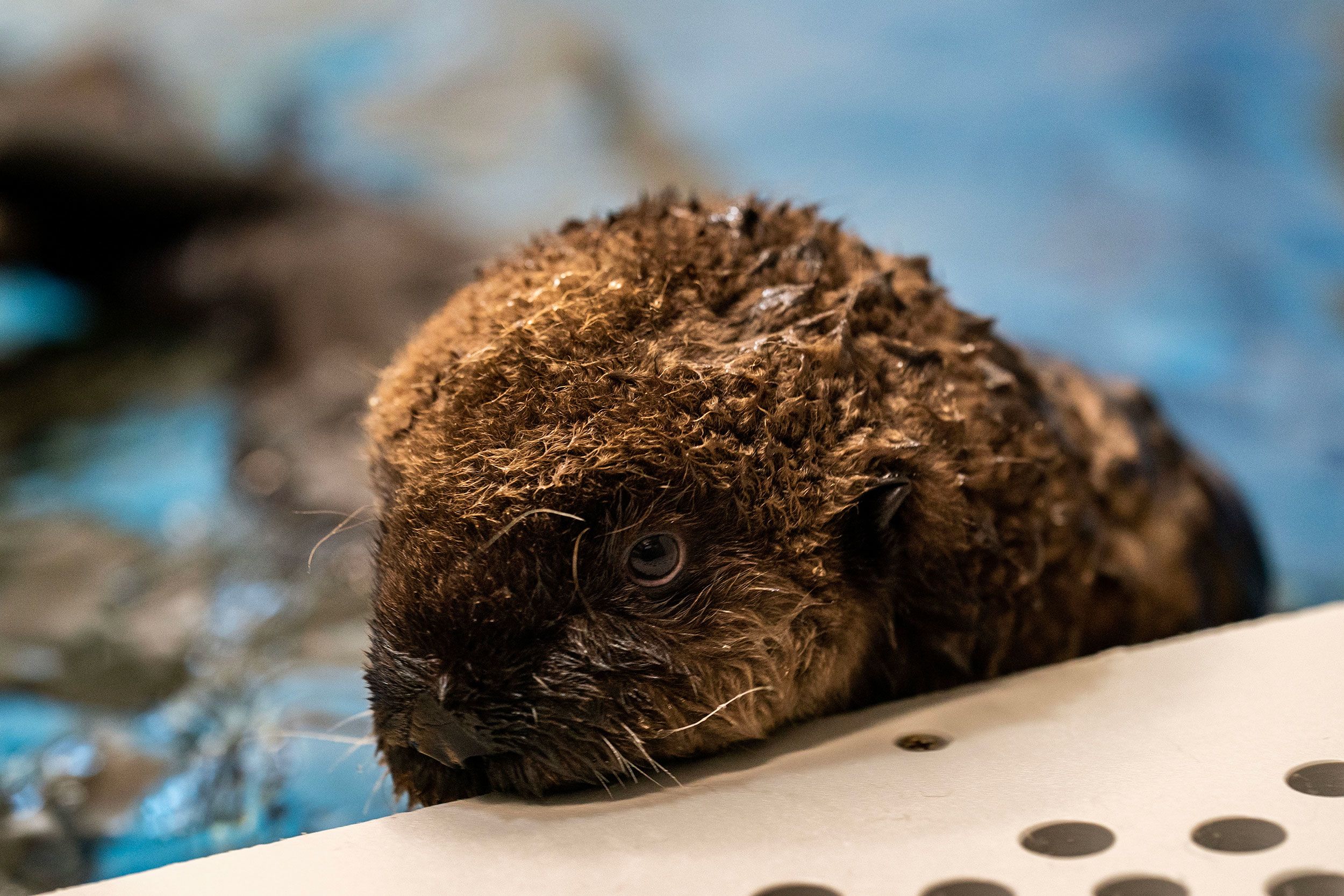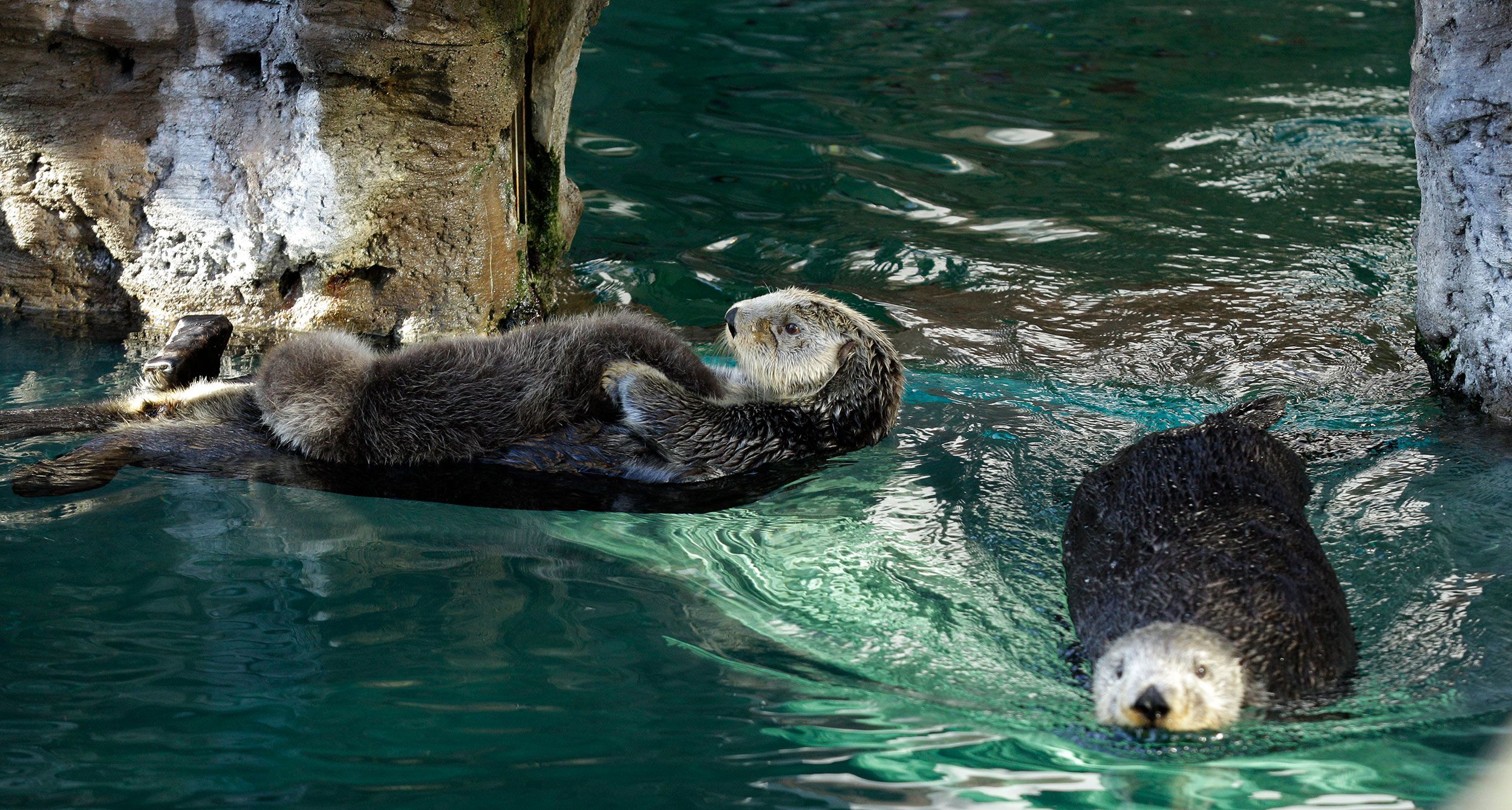Editor’s Note: Call to Earth is a CNN editorial series committed to reporting on the environmental challenges facing our planet, together with the solutions. Rolex’s Perpetual Planet Initiative has partnered with CNN to drive awareness and education about key sustainability issues and to inspire positive action.
Sea Otters: Guardians of Kelp Forests
Sea otters aren’t just cute to look at; they play a critical role in preserving the environment. By hunting invertebrates like clams and sea urchins, sea otters help preserve kelp forests. These vital ecosystems sequester carbon, protect coastlines, and provide food and shelter for other marine life.
The Importance of Sea Otters
The hunting prowess of sea otters makes them a keystone species, meaning that other aspects of the ecosystem rely heavily on their existence. Without sea otters, many species that shelter in the kelp forests they help protect would face drastic declines. However, the species has faced numerous threats, including hunting, commercial fishing, and oil spills, causing populations to drop to near extinction in 1911. Fortunately, conservation initiatives have aided recovery, with around 130,000 sea otters reported worldwide.
Habitat and Range

Sea otters have historically roamed vast distances across the North Pacific Ocean. While their former habitat included areas from Hokkaido, Japan, to the coast of Mexico, today they primarily inhabit regions from California to Alaska and parts of Russia’s far east.
Threats to Sea Otters

One significant threat to sea otters is oil spills. When their fur becomes oiled, it loses its ability to insulate, leading to hypothermia, especially without the blubber that many other marine mammals possess. In 1989, the infamous Exxon Valdez oil spill severely impacted the burgeoning sea otter population in south-central Alaska. It took 25 years for that population to return to pre-oil spill numbers.
In California, population declines have been linked to commercial fisheries and the use of gill and trammel nets, where otters often become caught and drown. Presently, Californian sea otters occupy only about 13% of their original habitat, with approximately 3,000 individuals remaining.
Conservation Efforts

Significant conservation efforts have been implemented to support sea otter recovery. This includes translocating otters from established areas to new locations to restore their populations. In the 1980s, the US Fish & Wildlife Service successfully moved 140 otters from the central California coast to San Nicolas Island. As a result, a small but stable population has now taken hold in this area.

Similar efforts were made in Washington state, where sea otters had gone extinct in the early 1900s. Conservationists released 59 sea otters from Amchitka Island in Alaska to the Olympic Peninsula. Despite initial challenges, today, an estimated 1,380 otters thrive in the state, demonstrating the impact of dedicated wildlife management.
The Positive Impact of Sea Otters

The resurgence of sea otters has profoundly affected kelp forests along the California coast. For instance, after a significant outbreak of kelp-eating sea urchins in 2013, sea otters played a crucial role in controlling the urchin populations, thereby helping to keep kelp forests healthy. Just as kelp forests rely on sea otters for balance, the otters depend on kelp for food and shelter.




